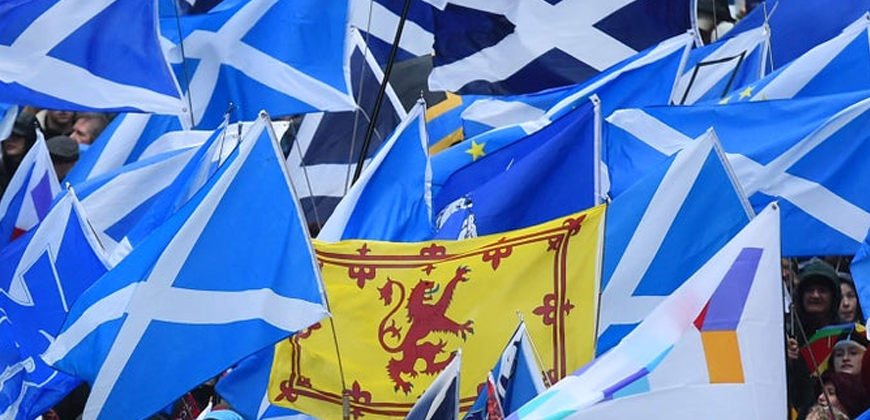With just days to go before Scotland decides on whether to go it alone, the news is full of final appeals from both sides of the vote. During the two and a half year campaign every conceivable angle seems to have been covered with the pros and cons of Scottish Independence debated on both sides of the border. Inevitably the arguments have centred on the big issues – NHS, finance, currency and defence and it’s not until the last week that we started to hear from retail about the likelihood of increased prices in Scottish shops post a Yes decision. Those warnings are based on the economies of cross-border trading and increased distribution costs. Supplying Scotland from the predominantly southern-based distribution hubs of the UK’s biggest retailers is already expensive – it just won’t be disguised in the pricing going forward.
Understandably retailers’ contribution to the debate has concentrated on the cost of household basics – the milk, bread and butter of daily life. But what about the gift card and voucher markets – where will they be in the event of a Yes vote? If the currency question can’t be resolved and Scotland ends up with a form of payment that is neither the British pound nor the Euro, what will the £10 Marks and Spencer gift card be worth?
A Yes vote this week heralds the start of an eighteen month process leading towards formal independence. With this time buffer in place the world of the Scottish consumer is unlikely to end if they wake on Friday to find themselves separated from the UK. The pound in their wallet will still be able to buy a newspaper, but for how long? And as decisions are made in both London and Edinburgh about what currency will be deployed in a future independent Scotland, how much emphasis will be paid to the millions of pounds worth of unspent gift vouchers and gift cards languishing forgotten at the bottom of drawers and down the back of settees? While it’s difficult to gauge exactly how many pre-paid vouchers and cards are out there in the towns, cities and glens of Scotland, one thing for sure is the amount won’t be small. With the overall UK sector in pre-paid worth around £5bn per year, it stands to reason that even the relatively small population north of the border is likely to be holding onto a decent proportion of this.
The most likely scenario will be for retailers, keen to preserve brand integrity in a newly independent Scotland, to continue to honour the value on the voucher or gift card – certainly up until the point of expiry, typically two to three years. If neither the Euro nor Sterling are in use, then allowances will be made at the till point to convert the £ value to whatever currency is in place, whether the Scottish pound or equivalent. This process already takes place in Ireland where retailers operating cross-border will accept sterling vouchers in their Irish stores, converting the pound value to Euros. But a weak Scottish currency may lead to a disappointing exchange rate – the £10 Debenhams gift card may not buy in Glasgow what it does in Leeds. And what of the vouchers and cards, perhaps issued ten, twenty even thirty years ago with no expiry dates. These remain as liabilities on retailer’s balance sheets and there may be interest in disallowing use of these if presented in Scottish stores in future. That might lead to consumer tourism to Carlisle and Newcastle as Scottish tourists spend their British gift vouchers in the same branded stores that can’t accept them in their own country.
The issue of gift vouchers and gift cards in an Independent Scotland is hardly the stuff to sway a vote between Yes or No, but in its’ own way shows what a profound change to all parts of life this weeks’ decision will make.

